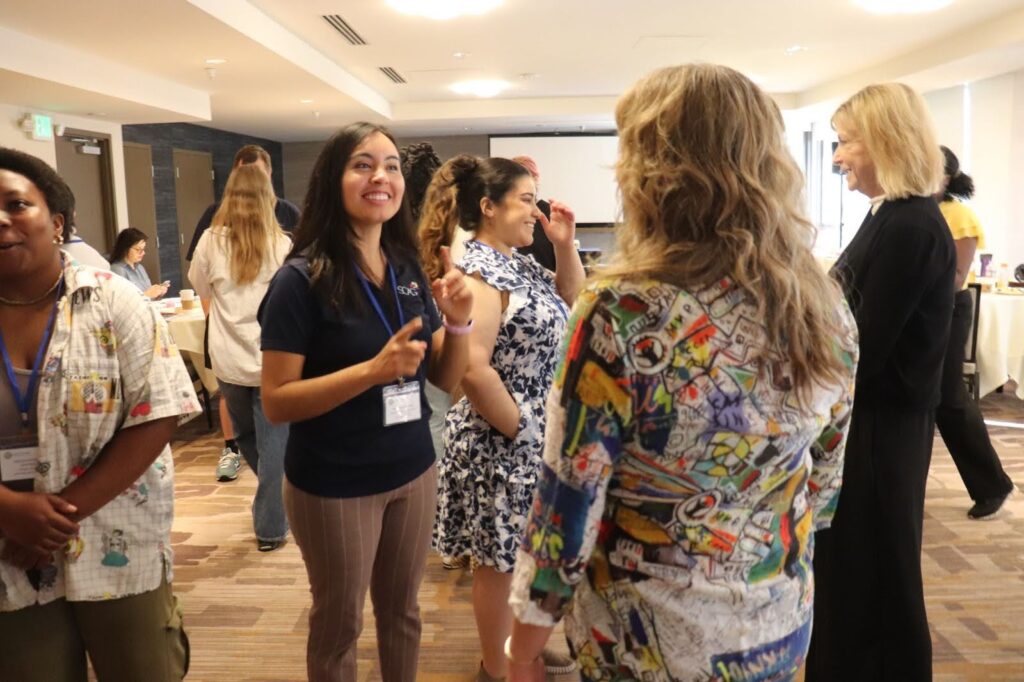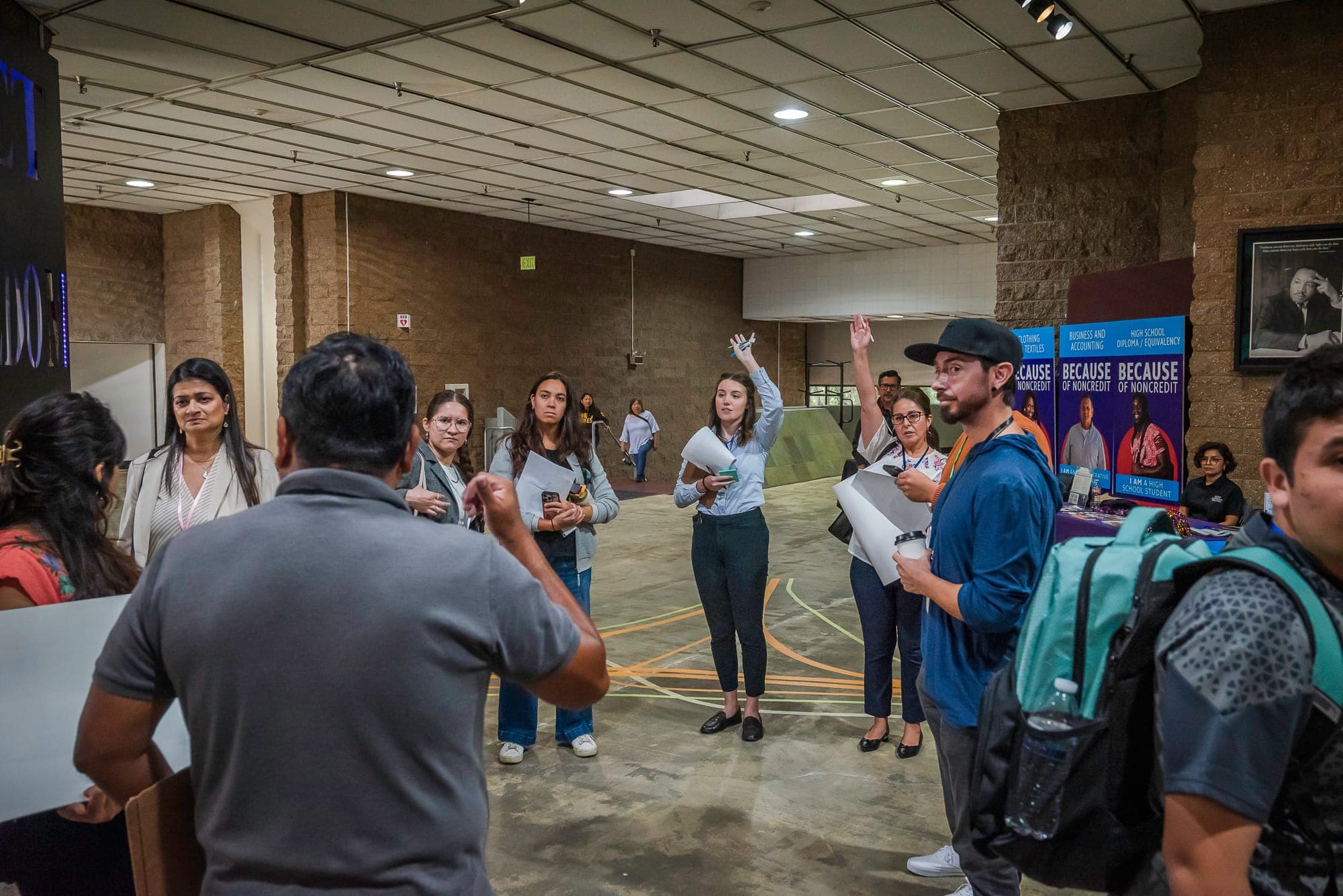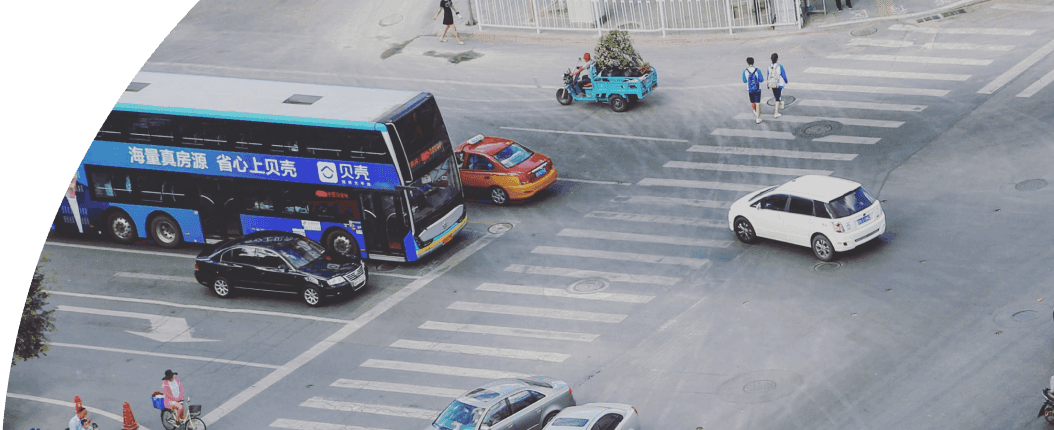
News
By Marian Liou, September 4, 2025
As the largest metropolitan planning organization (MPO) in the nation, serving a region of over 19 million residents, the Southern California Association of Governments (SCAG) covers six counties and approximately half of the population in the state. That scale could make arts and culture integration feel daunting, but SCAG has found a way to start small through temporary safety demonstration projects, creative partnerships, and the Go Human program. These efforts have revealed that art is much more than decoration in the service of regional planning and community building: arts and culture can save lives, shift policy, and strengthen communities.

SCAG is a national leader in testing creative placemaking strategies, staff recently identified an opportunity to move from isolated projects to more systemic integration. To take the next step, SCAG joined Smart Growth America’s Culture and Community Network. Through peer learning SCAG has been able to compare notes with other MPOs, spend time exploring and connecting with others on issues such as artist procurement and intellectual property, and bring back new approaches to their own agency. These exchanges have also given SCAG staff confidence to push innovative ideas.
From tactical experiments to systemic change
SCAG’s arts and culture work emerged organically through community-identified solutions to local traffic safety issues, such as tactical demonstrations that made safety improvements visible and tangible, like bulb-outs and artistic crosswalks. SCAG-funded community-led projects employed a variety of arts and culture strategies to further planning priorities. Projects included asphalt art as traffic calming infrastructure, zine creation as walk audit engagement, bus bench murals as pedestrian improvements, community murals as traffic safety messaging, and more. SCAG’s partnerships cultivated and amplified the power of local champions.
Building partnerships beyond planning
A key factor in SCAG’s Go Human success has been the expansive partners who make the program a reality. Go Human projects include transportation stakeholders and a broader group of partners like museums, parent groups, mental health organizations, artists, and cultural institutions. By expanding the table, SCAG and their partners have reached a broader group of people who might not have been engaged.
The Washington Neighborhood artistic curb extensions by the Arts Council for Long Beach is one example. Designed by local artists through a public participation process, the curb extensions function as both a safety-focused traffic calming measure and a public affirmation of belonging. Community residents identified the intersection as a point of concern after a local leader almost lost their life in a traffic collision, at which point the Arts Council stepped in to gather resources that would address the challenge. The project underscores how design decisions carry cultural and emotional weight beyond the physical project.
Challenges along the way
Integrating arts and culture hasn’t been without challenges. Procuring artists can be difficult, while questions of intellectual property and long-term maintenance can slow momentum.
But participation in the CCN has reinforced that these challenges are common and surmountable. By leaning on peer examples, SCAG can gradually shift its own internal policies and carve out structural support.
Embedding arts and culture in SCAG’s DNA
A recent reorganization created a Capacity Building and Placemaking Business Unit, giving arts and culture work a more permanent home inside the agency. This unit is charged with exploring partnerships, embedding creative engagement practices, and identifying process improvements to make it more accessible for SCAG to work with artists and communities.
With the 2028 Summer Olympic and Paralympic Games approaching, SCAG sees an opportunity to expand this work at scale—showing the world how arts and culture can shape transportation, safety, and belonging in a region as complex and diverse as Southern California.
Lessons for other MPOs
SCAG’s journey offers practical takeaways for peers:
-
Start with pilots, aim for permanence. Temporary installations can build political will and lead to lasting change.
-
Expand partnerships. Artists, cultural organizations, and unexpected allies can help MPOs reach communities outside their usual networks.
-
Gather both data and stories. Safety metrics and personal testimonies together make a compelling case.
-
Address bureaucracy head-on. Clear procurement and intellectual property policies are essential for sustaining artist partnerships.
- Think of art as infrastructure. Creative projects improve safety, foster belonging, and, in some cases, save lives.
Looking ahead
SCAG’s work shows that integrating arts and culture into planning is not “extra.” Arts and culture are a powerful way to meet core goals of safety, equity, and engagement. With Smart Growth America’s support through the CCN, SCAG is building on lessons from tactical experiments to embed creativity into the agency’s DNA.
For other MPOs, the message is clear: you don’t need to start big. But with the right partnerships, support, and imagination, arts and culture can become central to how regions plan, connect, and thrive.
Related News

© 2025 Smart Growth America. All rights reserved
Site By3Lane Marketing










